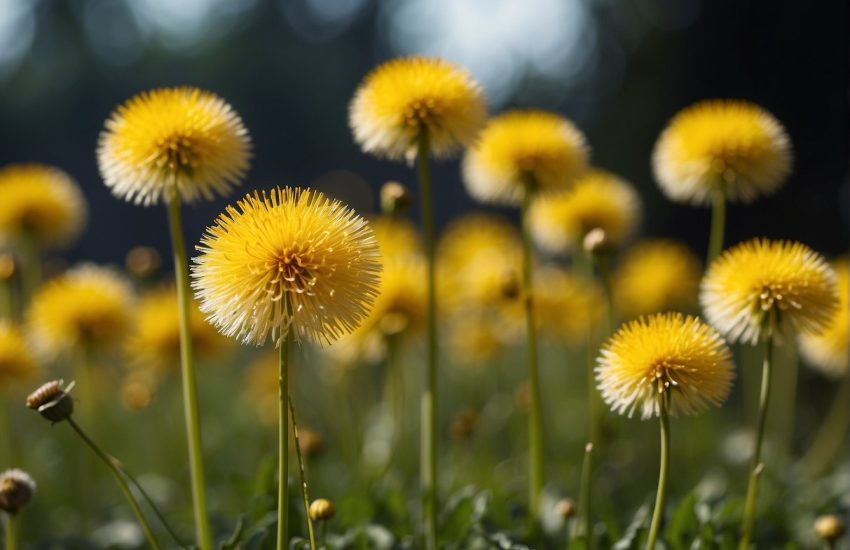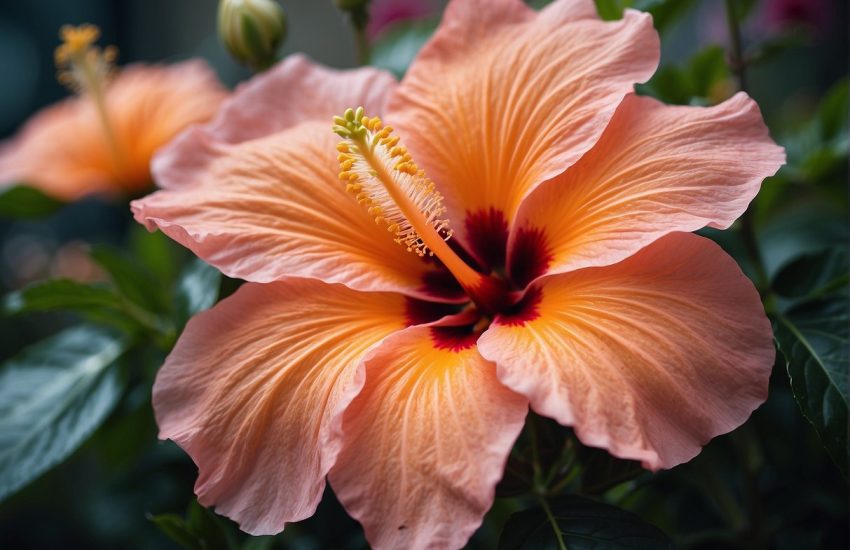Growing Lemongrass in a Pot: Tips and Tricks for a Successful Harvest
Lemongrass is a popular herb that is commonly used in Asian cuisine for its unique flavor and aroma. It is also known for its medicinal properties and is used in traditional medicine to treat various ailments such as digestive issues, fever, and inflammation. Growing lemongrass in a pot is a great way to have a fresh supply of this herb at home, whether you have limited outdoor space or live in a climate that is not suitable for outdoor cultivation.

To grow lemongrass in a pot, the first step is to choose a container that is at least 12 inches deep and wide enough to accommodate the plant’s root system. The container should also have drainage holes to prevent waterlogging, which can cause root rot. Lemongrass can be grown both indoors and outdoors, but it requires a warm and sunny location with at least 6 hours of direct sunlight per day.
Potted lemongrass requires well-draining soil that is rich in organic matter. A good soil mix can be made by combining equal parts of potting soil, compost, and sand or perlite. Once the soil is prepared, the lemongrass can be planted by placing the root ball in the center of the container and covering it with soil. The plant should be watered regularly but not overwatered, and fertilized every 2-3 months with a balanced fertilizer. With proper care, lemongrass can thrive in a pot and provide a fresh supply of this versatile herb for culinary and medicinal purposes.
Preparing for Planting

Choosing the Right Container
When growing lemongrass in a pot, it is essential to choose the right container. A container that is at least 12 inches in diameter and 12 inches deep is ideal for growing lemongrass. The container should have drainage holes to allow excess water to drain out, preventing waterlogging.
Selecting Soil and Potting Mix
Lemongrass grows best in well-draining soil with a pH between 6.0 and 7.5. A potting mix with a blend of peat moss, perlite, and vermiculite is ideal for growing lemongrass in a pot. The potting mix should be moist, but not waterlogged.
Lemongrass Varieties and Seed Germination
There are two common varieties of lemongrass, Cymbopogon citratus and Cymbopogon flexuosus. Both varieties can be grown in a pot. It is recommended to start with seeds for growing lemongrass in a pot. The seeds should be sown in a potting mix and kept in a warm and moist environment. The seeds will germinate in two to three weeks.
Overall, preparing for planting lemongrass in a pot involves choosing the right container, selecting the appropriate soil and potting mix, and germinating the seeds. With the right preparation, growing lemongrass in a pot can be a rewarding experience for any gardener.
Caring for Lemongrass
Watering and Nutrients
Lemongrass requires consistent watering to thrive. The soil should be kept moist but not waterlogged. Overwatering can lead to root rot, which can be detrimental to the plant’s health. It is recommended to water the plant once every two days, or when the top inch of soil feels dry to the touch.
In terms of nutrients, lemongrass prefers a nitrogen-rich fertilizer. Fish emulsion is a popular choice among gardeners, as it provides the necessary nutrients for healthy growth. Compost can also be added to the soil to improve its nutrient content.
Sunlight and Temperature Requirements
Lemongrass requires full sun to grow and thrive. It should be placed in an area that receives at least 6 hours of sunlight per day. In terms of temperature, lemongrass prefers warm and humid conditions. It can tolerate temperatures as low as 50°F, but temperatures below this can cause damage to the plant.
Pruning and Harvesting
Pruning is essential for maintaining the health and shape of lemongrass. It is recommended to prune the plant once every few months, or when it becomes too tall or wide. The leaves can be harvested at any time, but it is best to wait until they are at least 12 inches long before harvesting. To harvest, simply cut the leaves at the base of the plant.
Overall, lemongrass is a relatively low-maintenance plant that can thrive in a pot with the proper care and attention. By providing it with consistent watering, nutrients, and sunlight, as well as pruning and harvesting when necessary, you can enjoy fresh lemongrass for use in a variety of dishes.


